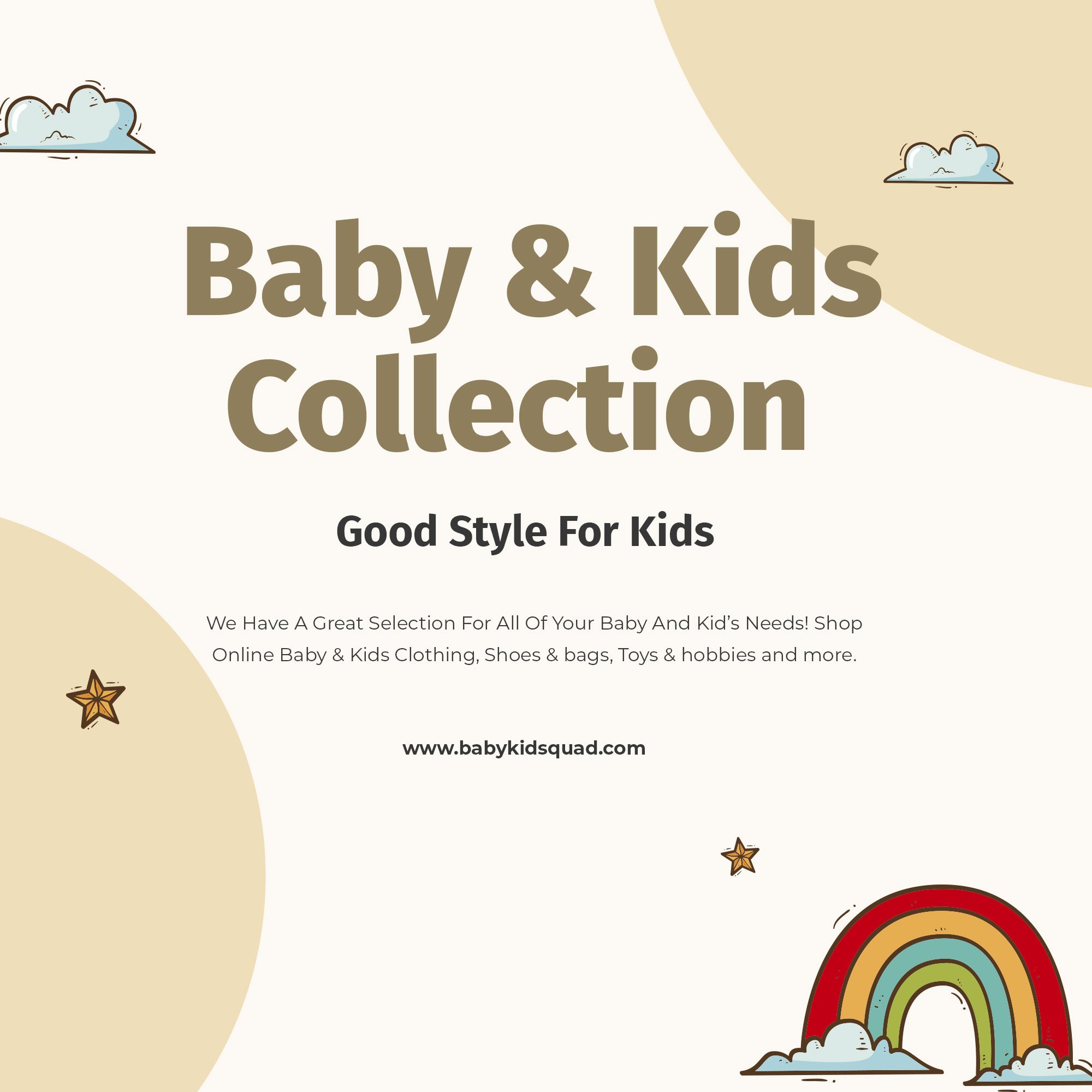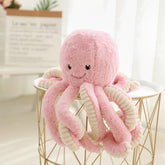How to Make a Plush Toy Pattern: A Comprehensive Guide for Parents and Crafters
Table of Contents
- Introduction
- Tools and Materials
- Understanding Pattern Anatomy
- Steps to Create Your Own Pattern
- Tips for Sewing and Finishing Your Plush Toy
- Customization and Embellishments
- Conclusion
Introduction
Have you ever found yourself captivated by the charm of plush toys? Whether it’s a cuddly teddy bear or a whimsical creature, these soft companions often hold a special place in our hearts. But what if we told you that you could create your very own plush toy pattern, tailored to your imagination? This blog post is designed for parents and crafters alike, exploring the wonderful world of plush toy-making.
Creating a plush toy pattern not only allows you to express your creativity but also provides a unique opportunity to craft something special for your little ones. With statistics showing that handmade gifts foster deeper emotional connections (a study by the American Psychological Association highlights the positive impact of personal touches in gift-giving), making a plush toy can be an incredibly rewarding experience.
At Baby Kid Squad, we believe that parenting should be both practical and stylish, which is why we’re excited to guide you through the process of making your plush toy pattern. By the end of this post, you’ll have the knowledge and confidence to design and sew your very own plush toy, ensuring it’s as unique as your child’s personality.
In this article, we will cover the following:
- The necessary tools and materials for plush toy making.
- Understanding pattern anatomy.
- Steps to create your own plush toy pattern.
- Tips for sewing and finishing your plush toy.
- Ideas for customization and embellishments.
Let’s dive into the delightful world of plush toy pattern-making together!
Tools and Materials
Before we embark on our plush toy pattern-making journey, it’s essential to gather the right tools and materials. Having everything ready will streamline the process and enhance your crafting experience.
Basic Tools
- Sewing Machine or Hand Sewing Supplies: While a sewing machine can speed up the process, hand sewing is also a viable option, especially for intricate details.
- Fabric Scissors: A good pair of fabric scissors ensures clean cuts, making it easier to sew pieces together.
- Pins and Clips: These will help secure your pattern pieces while cutting and sewing.
- Measuring Tape: Accuracy is key in crafting; a measuring tape will help ensure your pieces fit together perfectly.
- Ruler and Pencil/Fabric Marker: For marking your pattern pieces and seam allowances.
Materials
- Fabric: Choose soft, plush fabrics like fleece, minky, or felt for the toy’s body. For prototypes, you might want to use an inexpensive fabric to test your pattern.
- Stuffing: Poly-fill or similar stuffing materials are essential for giving your plush toy its cuddly shape.
- Thread: Use a thread that matches your fabric for a seamless look.
- Embroidery Floss or Fabric Paint: For adding facial features and other details.
- Fusible Interfacing (optional): This can add stability to your fabric, especially if you're using lightweight materials.
With these tools and materials on hand, we’re ready to move forward in creating your plush toy pattern!
Understanding Pattern Anatomy
Every plush toy pattern consists of various components that come together to form the final product. Understanding these components will help you design your own patterns more effectively.
Key Components of a Plush Toy Pattern
- Main Body Panels: The two main pieces that will form the front and back of your plush toy. They can be simple shapes like ovals or more complex silhouettes based on your design.
- Gussets: These are tapered pieces inserted between the main body panels to create three-dimensional shapes. For example, a gusset can help form the snout or give volume to the belly of the toy.
- Limbs and Appendages: Arms, legs, tails, and ears are often separate pieces that are attached to the main body. These can be simple tubes or more complex shapes depending on your design.
- Seam Allowances: This is the additional fabric around the pattern that allows for stitching. Typically, a seam allowance of ¼ to ½ inch is recommended, but you can adjust this based on your sewing technique.
- Notches and Markings: These are indicators on your pattern that help align pieces during sewing. Notches show where to join different parts, while markings can indicate where to add details like eyes or embellishments.
By familiarizing yourself with these components, you’ll be better equipped to create a plush toy pattern that is both functional and visually appealing.
Steps to Create Your Own Pattern
Now that we understand the anatomy of a plush toy pattern, let’s get into the steps for creating your own. This process will involve sketching, drafting, and refining your design before you start sewing.
Step 1: Sketch Your Design
Begin by sketching your plush toy design on paper. Think about the character you want to create and consider the following:
- What animal or creature will your plush toy be?
- What features do you want to highlight (e.g., big ears, a long tail)?
- Will your toy have any unique elements, like wings or a hat?
This initial sketch doesn’t need to be perfect; it’s a visual guide for what you want to achieve.
Step 2: Drafting Your Pattern
Once you have a sketch, it’s time to draft your pattern. Here’s how:
- Transfer Your Sketch: Use a ruler to create a more precise outline of your toy on another piece of paper or a large sheet of pattern paper.
- Divide the Sketch into Sections: Break down the sketch into manageable sections for the body, limbs, and gussets.
- Add Seam Allowances: Remember to add seam allowances around your pattern pieces (typically ¼ to ½ inch). This will ensure you have enough fabric to sew the pieces together.
- Label Your Pattern Pieces: Clearly label each piece with its name, the number of copies needed, and any important markings (e.g., grain line, notches).
Step 3: Create a Muslin Prototype
Before cutting into your chosen fabric, it’s wise to create a prototype using muslin or another inexpensive fabric. This allows you to test the fit and make adjustments without wasting your main fabric.
- Cut Out Pattern Pieces: Using your drafted pattern, cut out the pieces from the muslin.
- Sew the Prototype: Assemble the muslin pieces following your original design. This is where you can test the shape and size of your plush toy.
- Evaluate and Adjust: Once sewn, evaluate the prototype. Does it look the way you envisioned? Are any parts too small or too large? Make notes on any adjustments needed.
Step 4: Finalize the Pattern
After testing your prototype, make any necessary changes to your pattern. This may include altering dimensions, tweaking shapes, or adding additional features.
- Revise Your Pattern: Update your pattern pieces based on the feedback from your prototype.
- Create a Final Version: Once you’re satisfied with your adjustments, create a final version of your pattern on sturdier paper for cutting into fabric.
Tips for Sewing and Finishing Your Plush Toy
With your finalized pattern in hand, it’s time to cut your fabric and start sewing. Here are some helpful tips to ensure your plush toy turns out beautifully:
Cutting Fabric
- Lay Out Your Fabric: Place your fabric right side up on a flat surface. Arrange your pattern pieces according to the grain line indicated on the pattern.
- Pin the Pattern: Use pins or fabric weights to hold the pattern in place while you cut. Make sure to cut carefully along the edges to ensure clean lines.
- Mark Important Points: Use a fabric marker to indicate notches and seam lines on the fabric pieces.
Sewing Techniques
- Choose the Right Stitch: For plush toys, a straight stitch is often sufficient. However, consider using a zigzag stitch on edges to prevent fraying.
- Sew Inside Out: Start by sewing your pieces inside out, which will hide the seams when you flip the toy right side out.
- Leave an Opening: Remember to leave a small opening in your seams for turning and stuffing the toy.
Stuffing Your Toy
- Stuff Evenly: As you fill your plush toy with stuffing, do so evenly to avoid lumps. Pay special attention to smaller limbs and features.
- Don’t Overstuff: While it’s tempting to make the toy extra plump, overstuffing can distort the shape and make sewing difficult.
Finishing Touches
- Hand Sew the Opening: Once stuffed, use a ladder stitch or whip stitch to close the opening neatly.
- Add Features: Use embroidery or felt to add facial features, details, or accessories like hats or scarves. This is where you can let your creativity shine!
- Final Inspection: Give your plush toy a final inspection. Check for any loose threads or uneven areas and trim as necessary.
Customization and Embellishments
Now that you’ve mastered the basics of plush toy pattern-making and sewing, let’s explore ways to customize and personalize your creations.
Unique Features
- Fabric Choices: Experiment with different fabric types and patterns. Consider using cotton for a lighter feel or plush for an ultra-soft touch.
- Embellishments: Add bows, buttons, or patches to give your plush toy character. Just be cautious with small parts if the toy is intended for young children.
- Interactive Elements: Incorporate features like crinkly fabric, squeakers, or removable accessories to make your plush toy more engaging.
Personalization Ideas
- Names or Initials: Embroider your child’s name or initials onto the plush toy to make it extra special.
- Matching Sets: Create a family of toys that match. For example, if you design a plush fox, consider making a plush fox family with various sizes.
- Seasonal Themes: Design plush toys for different holidays or seasons, such as a pumpkin plush for Halloween or a bunny for Easter.
At Baby Kid Squad, we celebrate creativity and individuality. By customizing your plush toys, you not only make them more special but also create lasting memories for your children.
Conclusion
We’ve journeyed through the process of making a plush toy pattern, from gathering the right tools and materials to sewing and personalizing your creation. This crafting experience can be both fun and fulfilling, allowing you to provide your little ones with a unique toy that they can cherish for years to come.
As you embark on your plush toy-making adventure, remember that practice makes perfect. Don’t hesitate to experiment with different designs, fabrics, and embellishments. Your creativity is the limit!
If you’re looking for stylish and practical clothing and accessories for your little ones while you craft, be sure to check out our curated collections at Baby Kid Squad. We offer a range of high-quality, trendy options for babies, children, and mothers, ensuring you find everything you need in one place.
FAQ
1. What fabric is best for plush toys?
- Soft, plush fabrics like fleece, minky, and felt are ideal for plush toys due to their comfort and durability.
2. Can I make a plush toy without a sewing machine?
- Absolutely! Many plush toys can be hand-sewn, making them accessible for those without a sewing machine.
3. How do I ensure my plush toy is safe for children?
- Avoid small parts that could be a choking hazard. Ensure all embellishments are securely attached and use child-safe materials.
4. What is the best way to wash a plush toy?
- Most plush toys can be spot cleaned with mild soap and water. For machine-washable toys, place them in a pillowcase and wash on a gentle cycle.
5. How can I make a plush toy pattern for a specific character?
- Study existing patterns and break down the character into basic shapes. Use those shapes to draft your unique pattern.
We hope this guide helps you on your plush toy-making journey! Happy crafting!





